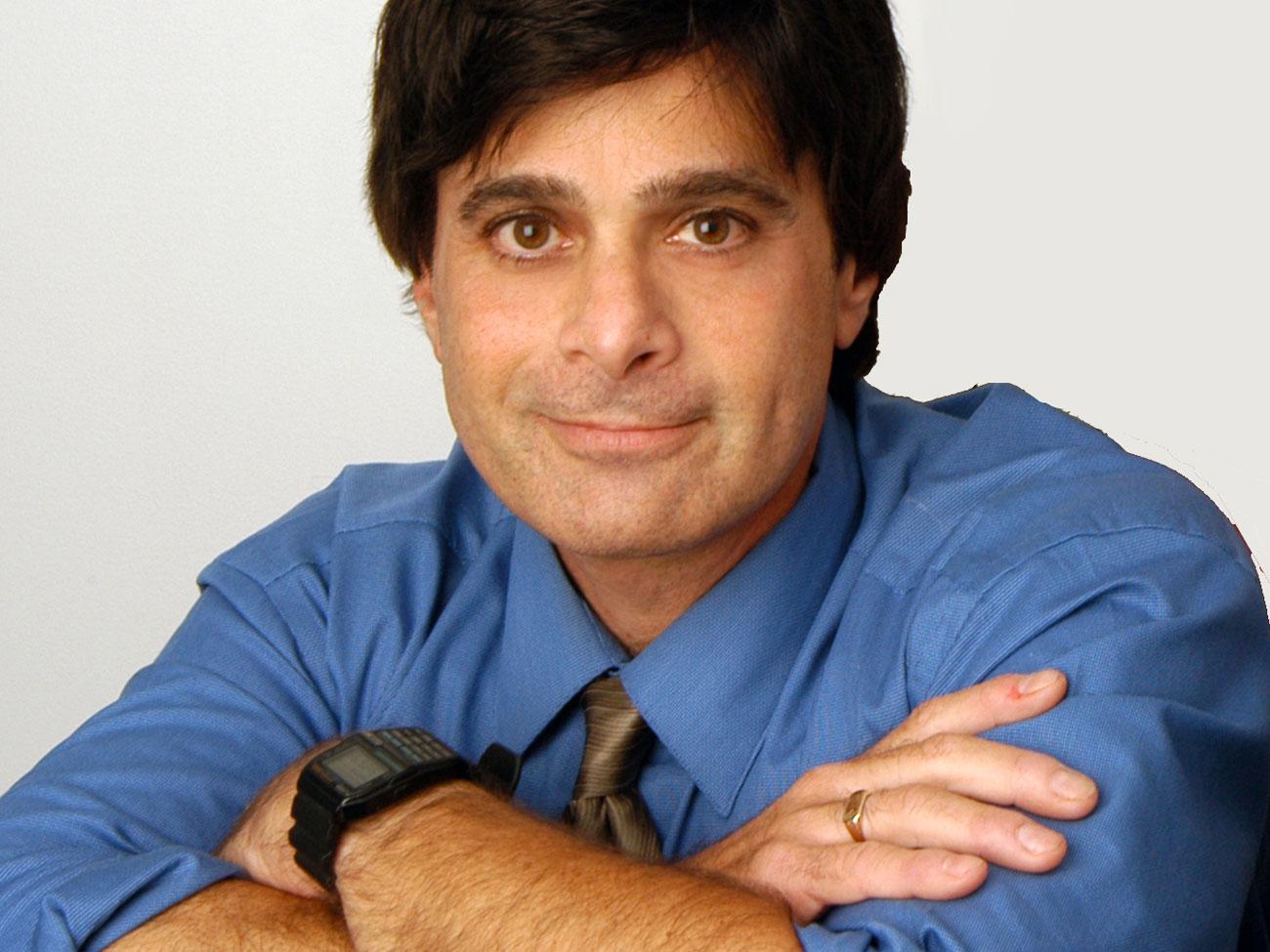A study from Ann & Robert H. Lurie Children’s Hospital of Chicago found that children with a MED-EL Synchrony cochlear implant device can undergo MRI safely, with no discomfort and reduced need for sedation or anesthesia. Findings were published in the peer-reviewed journal Laryngoscope.
Tag: MRI

Researchers pioneer early diagnostic tool for Parkinson’s
University of South Australia researchers are pioneering a new method to more accurately diagnose Parkinson’s disease, a neurodegenerative brain disorder which affects around 10 million people worldwide, resulting in a loss of control of body movements.

A deeper dive into epilepsy: Integrating tools for characterizing focal cortical dysplasia
Journal Prize winner Zhong Ying integrated genetics, clinical presentation, EEG, MRI, and histopathological diagnosis in a group of people with drug-resistant epilepsy. All had a specific type of brain lesion that can be difficult to identify.
Helium: An Abundant History and a Shortage Threatening Scientific Tools
Scientists first discovered helium burning on the surface of the sun, but today liquid helium plays an essential role in supercooling scientific equipment. Unfortunately, our complex history with the element has led to a recent shortage that threatens some types of scientific research.

Scientists show MRI predicts the efficacy of a stem cell therapy for brain injury
Scientists at Sanford Burnham Prebys Medical Discovery Institute and Loma Linda University Health have demonstrated the promise of applying magnetic resonance imaging (MRI) to predict the efficacy of using human neural stem cells to treat a brain injury—a first-ever “biomarker” for regenerative medicine that could help personalize stem cell treatments for neurological disorders and improve efficacy. The study was published in Cell Reports.
‘Brain Surfing’: Ultrasound waves focused on prefrontal cortex elevate mood and change brain connectivity in human volunteers
A team of researchers at the University of Arizona has found that low-intensity ultrasound waves directed at a particular region of the brain’s prefrontal cortex in healthy subjects can elevate mood, and decrease connectivity in a brain network that has been shown to be hyperactive in psychiatric disorders. The method uses transcranial focused ultrasound (‘tFUS’), a painless, non-invasive technique to modulate brain function comparable to transcranial magnetic stimulation (‘TMS’), and transcranial direct current stimulation (‘tDCS’). This study shows, for the first time, a correlation between tFUS-induced mood enhancement, and reorganization of brain circuits.
Study finds empathy can be detected in people whose brains are at rest
UCLA researchers have found that it is possible to assess a person’s ability to feel empathy by studying their brain activity while they are resting rather than while they are engaged in specific tasks.
Researchers Brighten Path for Creating New Type of MRI Contrast Agent
University of Texas at Dallas researchers are breathing new life into an old MRI contrast agent by attaching it to a plant virus and wrapping it in a protective chemical cage. The novel strategy is aimed at developing a completely organic and biodegradable contrast agent.

New drug that could aid earlier MS diagnoses approved by FDA for first human clinical trials
A new drug that could make it easier for doctors to diagnose multiple sclerosis (MS) in its earlier stages has been approved for its first human trials by the U.S. Food and Drug Administration (FDA).
Your Brain: Individual and Unique
New findings show that individual variations in the brain’s structural connectome (map of neural connections) define a specific structural fingerprint with a direct impact on the functional organization of individual brains.
Mayo Clinic radiologists take procedural practice into the future
Looking to the future, radiologists at Mayo Clinic in Rochester saw an opportunity to bring several disparate tools together into a unified space to serve complementary roles in sophisticated, minimally invasive cancer treatments.
Mayo Clinic studies patient privacy in MRI research
Though identifying data typically are removed from medical image files before they are shared for research, a Mayo Clinic study finds that this may not be enough to protect patient privacy.

Study identifies brain injury as a cause of dementia in some older adults
A UCLA-led study finds that, with the use of MRI scans, it is possible to distinguish between memory loss caused by Alzheimer’s disease and traumatic brain injury.
Leading Cardiologists say MRI should be used more frequently for heart disease diagnosis in the US
While MRI is prevalent for other medical issues and commonly used for cardiovascular diagnosis in Europe…it is not widely used for heart disease in the United States. The Society of Cardiovascular Magnetic Resonance (SCMR) is promoting awareness of the benefits…